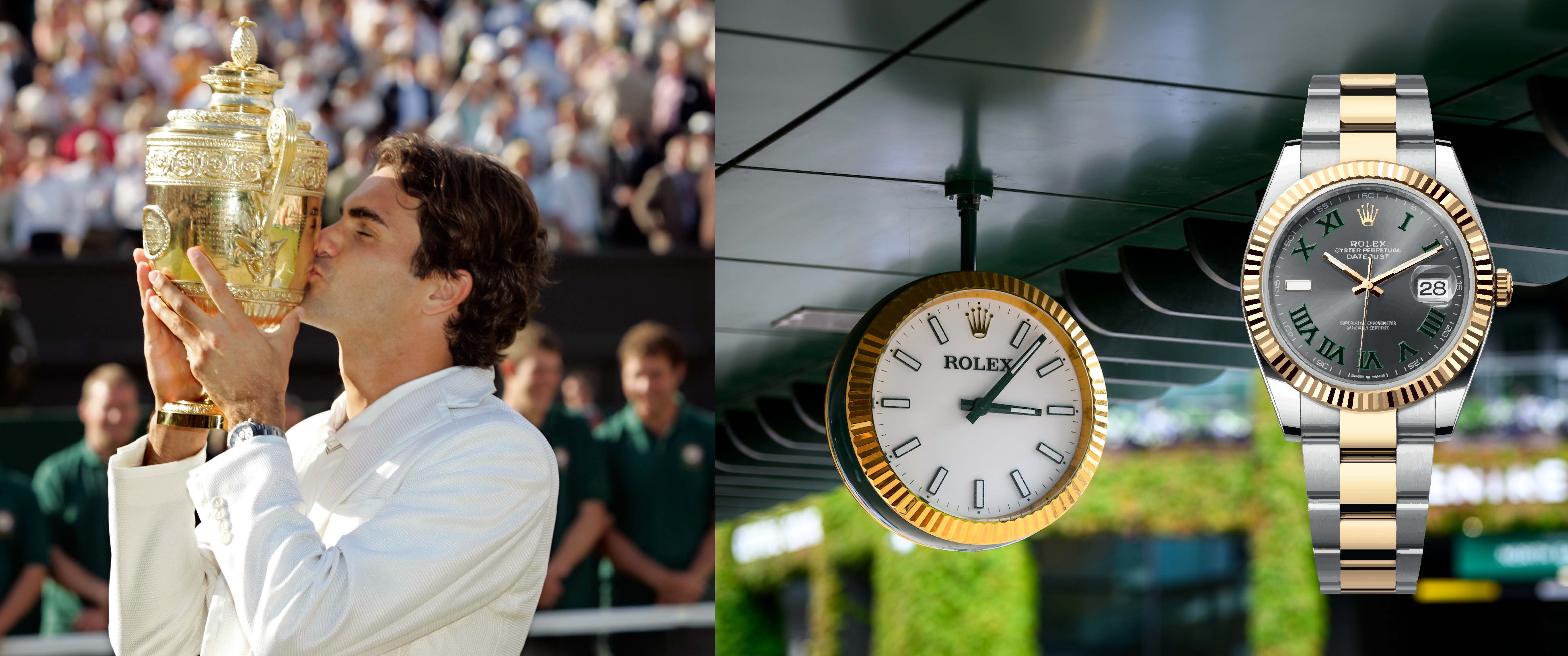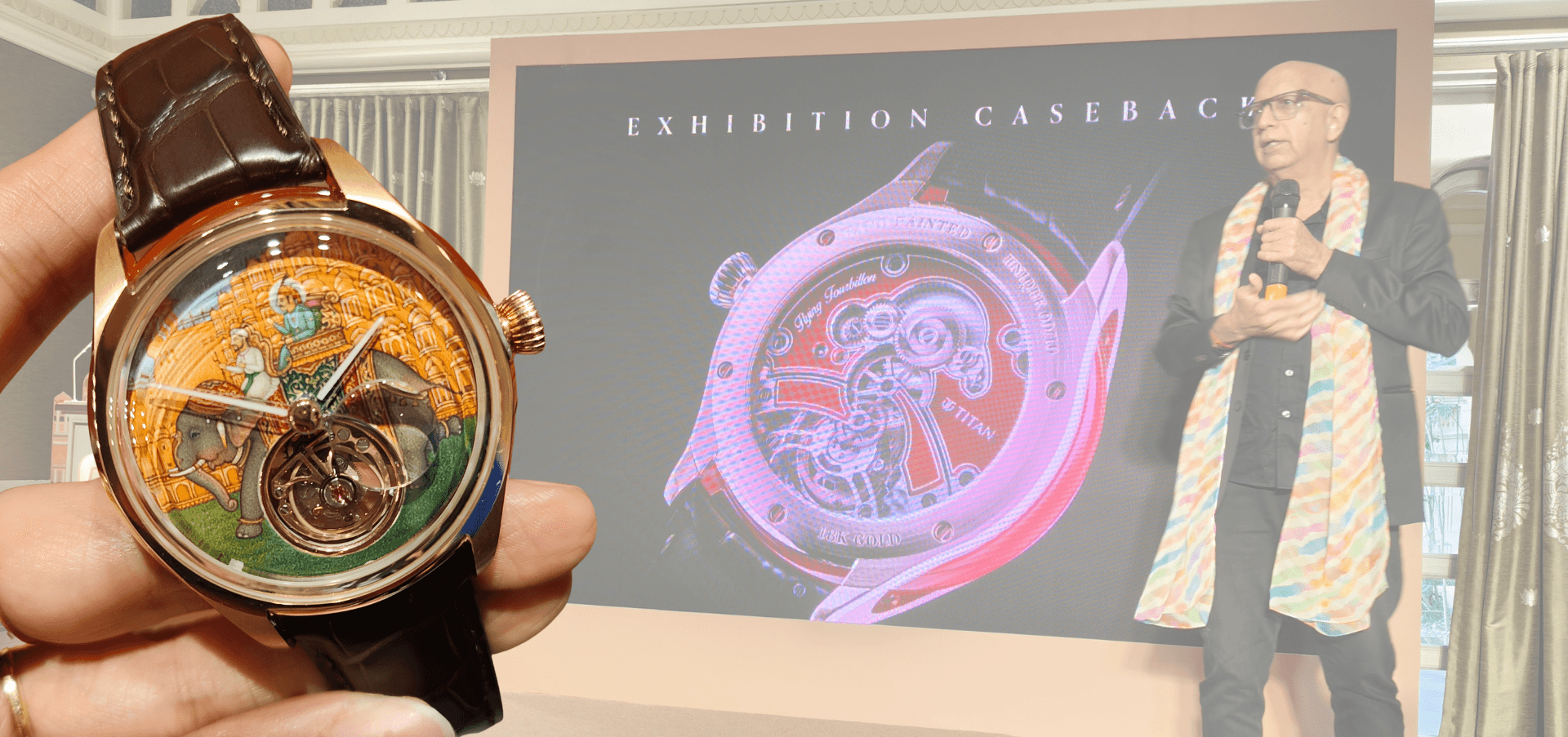Know Your Watches: What Is A Resonance Watch?
Resonance watches are a fascinating and relatively rare horological phenomenon that have captured the imagination of watch enthusiasts and collectors alike. The concept of resonance in watchmaking dates back to the 18th century, but it wasn't until the 21st century that modern watchmakers began to fully explore and harness its potential. In this article, we will delve into resonance watches, their working mechanism, and the allure they hold for connoisseurs of fine timepieces.
Resonance in the context of watches refers to a specific type of mechanical coupling between two balance wheels within a single timepiece. The idea is based on the principle of natural frequency synchronization – when two oscillating bodies are physically connected or share an environment, they will eventually synchronize their vibrations.
How does it work?
The principle was first introduced by Dutch scientist Christiaan Huygens in 1665 when he observed two pendulum clocks mounted on a common beam synchronizing over time. This same phenomenon is applied in resonance watches: two balance wheels are linked by a flexible spring or other means so that any disturbance affecting one also affects the other. The concept may seem simple at first glance, but implementing it within a wristwatch presents significant technical challenges. To achieve true resonance within a timepiece requires precise engineering and meticulous craftsmanship to ensure both balance wheels beat with identical frequency.
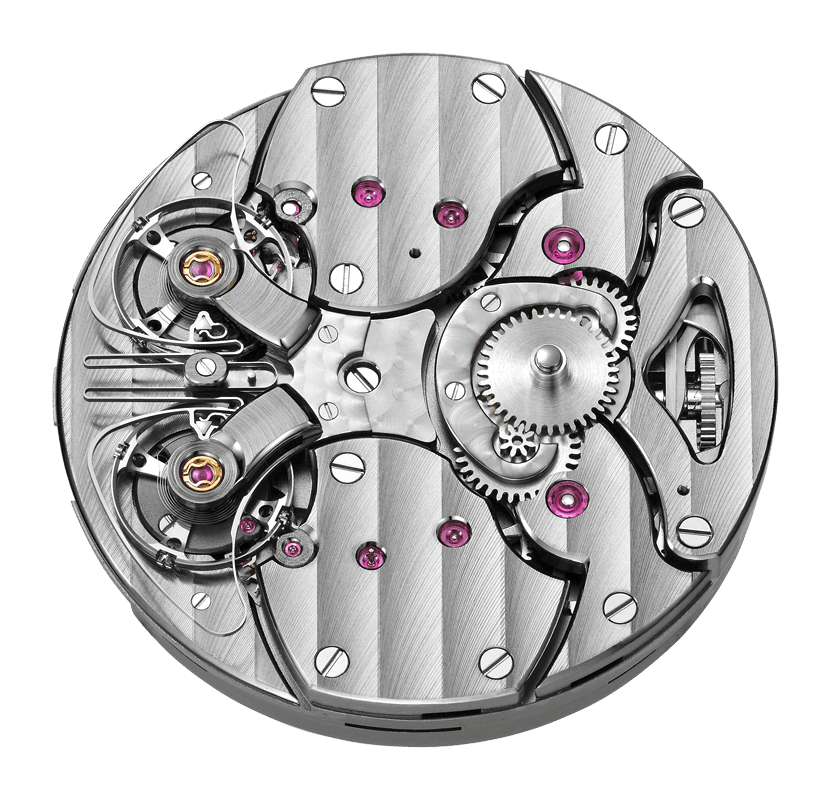
So how exactly do resonance watches work? At its core, the key components are two independent escapements connected through an innovative mechanism. Each escapement is responsible for regulating the oscillations and timekeeping of its respective balance wheel. The connection between the two balance wheels allows them to interact and influence each other, leading to a natural synchronization.
When one balance wheel experiences a disturbance – such as a shock or change in position – it transmits its motion to the connected balance wheel. This interaction results in both balance wheels adjusting their oscillations until they beat in perfect harmony. This synchronization ultimately leads to enhanced precision, stability, and potentially improved accuracy over time. One of the foremost modern pioneers of resonance watches is F.P. Journe, renowned for his groundbreaking work with this horological concept. In 2000, he introduced the "Chronomètre à Résonance," which featured dual balances linked by a steel spring within a single movement. This innovative timepiece garnered widespread acclaim for its technical achievement and exceptional timekeeping properties.
What are some of its benefits?
The advantages offered by resonance watches are numerous. By sharing energy and vibrations between two connected regulators, can potentially improve overall accuracy by counteracting disturbances that may affect individual movements in conventional single-regulator watches. In addition to improved precision, resonance also has implications for longevity and durability. The shared energy distribution among interconnected components can result in reduced wear on individual parts over time, contributing to longer service intervals and enhanced reliability.
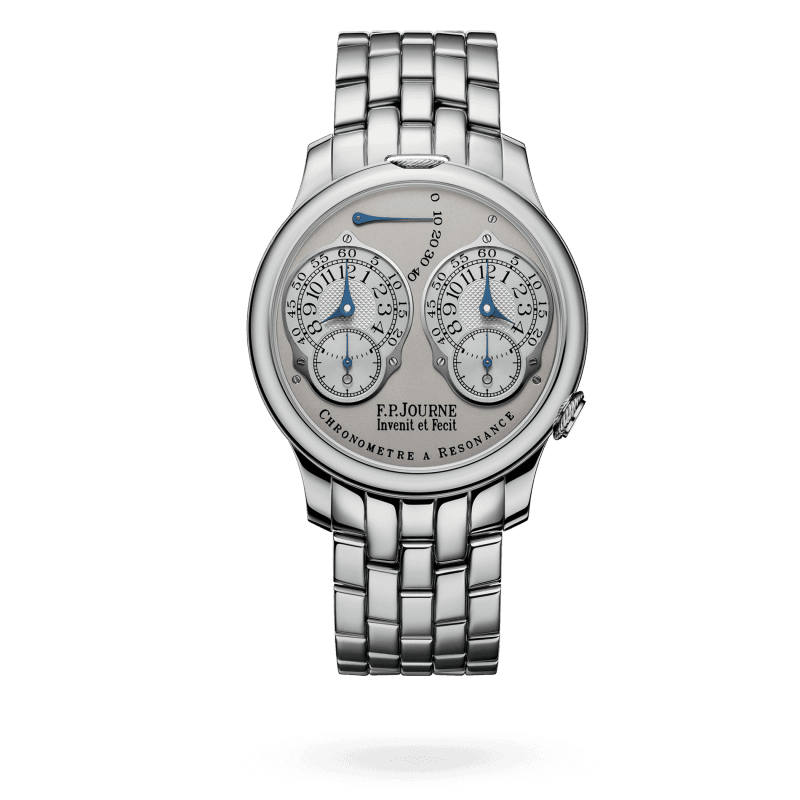
From an aesthetic standpoint, watching two balance wheels beat in perfect synchrony provides an added dimension of visual appeal that captivates watch enthusiasts around the world. It's important to note that achieving true resonance within a wristwatch remains an exacting task reserved for only a handful of accomplished watchmakers due to its technical complexity and challenges related to manufacturing consistency.
Precious And Rare
Despite its allure, resonance remains relatively rare within contemporary watchmaking due to these challenges as well as limited commercial demand compared with more traditional complications like chronographs or tourbillons.
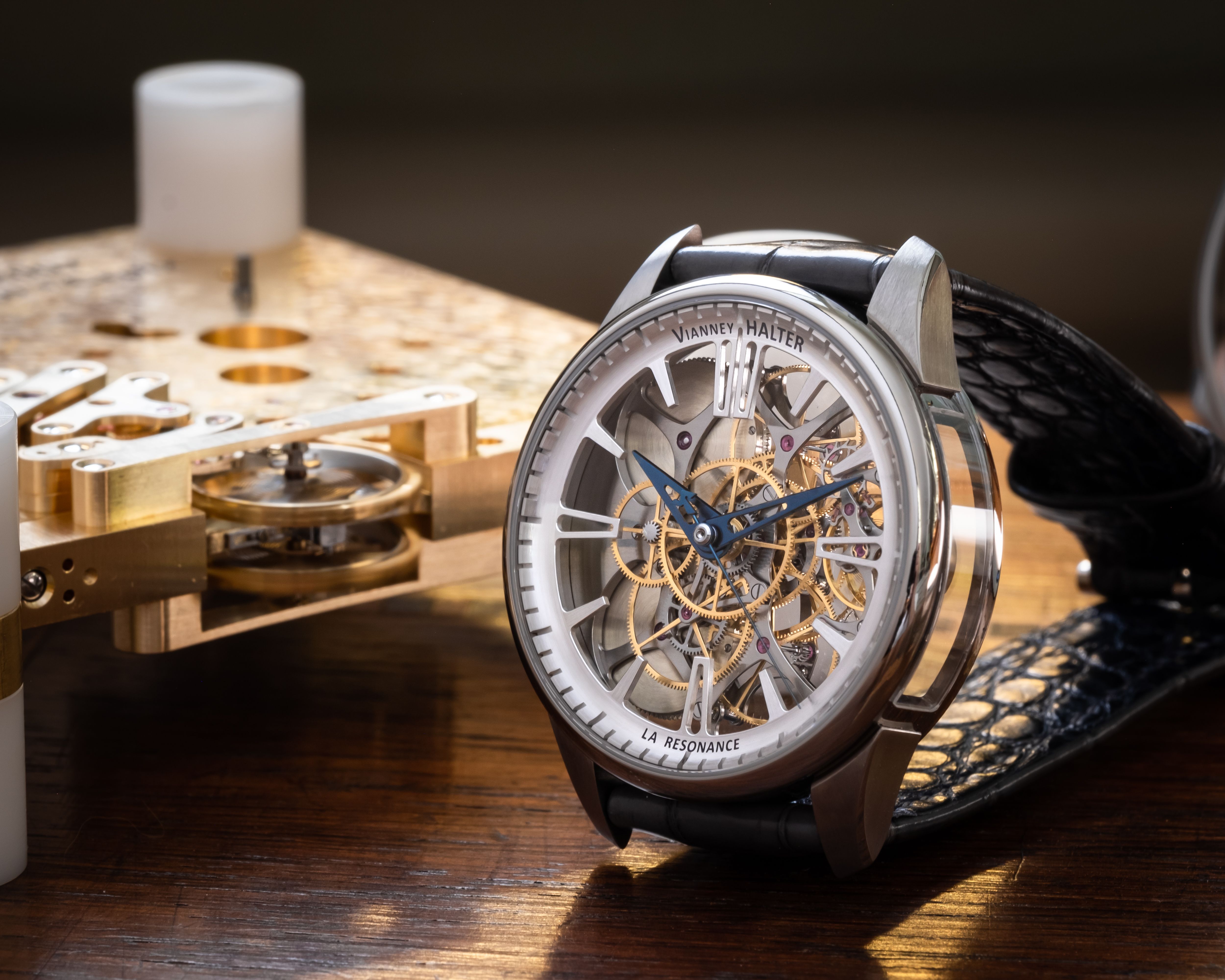
In recent years though, several high-profile independent watchmakers have continued exploring this intriguing concept through own interpretation resonance watches – further pushing boundaries through and creativity within this niche of horology. brands such as FP Journe, Vianney Halter, Amin Strom have taken up the challenge and given the world some of the most stunning Resonance watches. The watches represent not only technical mastery but also embody the artistry inherent in fine mechanical craftsmanship that continues captivating enthusiasts worldwide.
From historical origins rooted centuries ago through Christiaan Huygens’ observations right up until contemporary interpretations explored by renowned contemporary independent brands—resonance serves as both testaments past scientific achievements coupled with present day's relentless pursuit towards ever-greater precision. As fewer than 100 true resonating wristwatches exist today—their rarity alone makes them objects sought after fervently by collectors eager to preserve these marvels—and likely continue evolving future generations great appreciation fine mechanical craftsmanship.
No articles found

